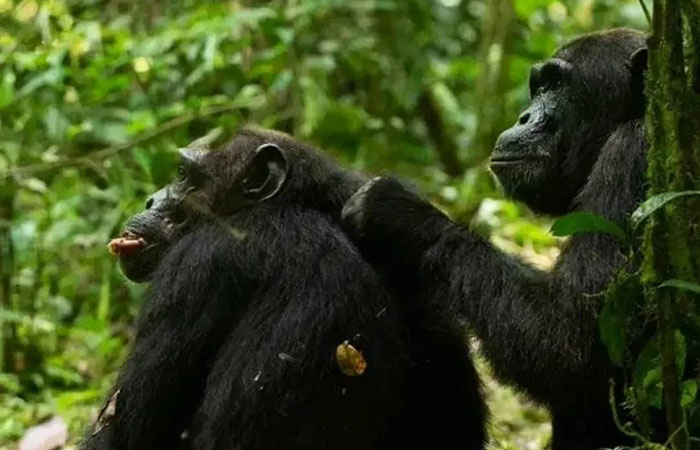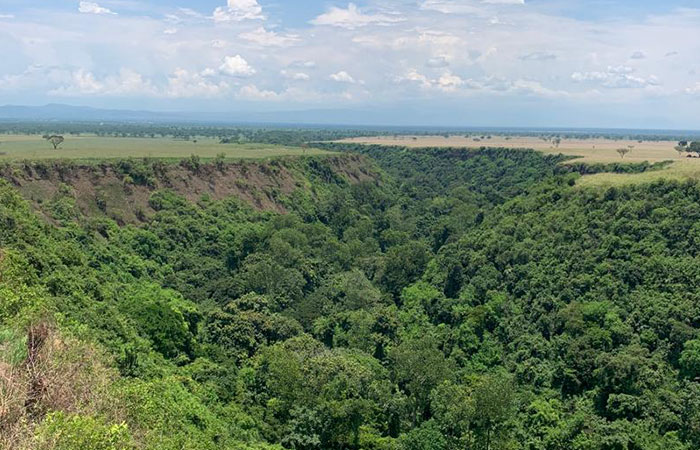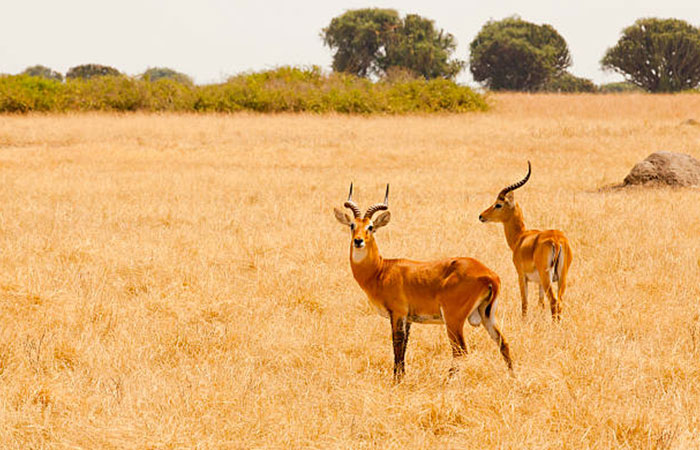Budongo Forest is located on the escarpment north-east of Lake Albert, covering Hoima and Kikube…
Mountain Gorilla
Mountain gorilla, also known as Gorilla beringei beringei, are one of a subspecies of the Eastern gorilla and were listed as endangered in 2018 by the International Union for Conservation of Nature and Natural Resources (IUCN). Mountain gorillas are found in the Virunga volcanic mountains in three national parks: volcanoes in northeast Rwanda, Mgahinga gorilla national park, and Bwindi impenetrable forest national park, all located in the southwestern part of Uganda. Mountain gorillas can be identified depending on characteristics,s which include the following:
Males reach a standing height of 161–171 cm. Females are smaller, weighing between 80 and 90 kilograms. Mountain gorilla fur is often thicker and longer. This enables them to live in colder temperatures. They can also be identified by the nose prints, which are unique to every individual. Adult male gorillas are mainly referred to as silverbacks because of grey or silver-coloured hair that develops on their backs. Mountain gorillas move by knuckle walking and supporting their weight on the backs of their curved fingers rather than palms. Mountain gorillas spend most of the day eating large quantities of food that is needed to sustain them. They sleep in nests constructed every evening.
Only infants sleep with their mothers. Socially, mountain gorillas live in stable, cohesive groups. Silverbacks usually defend their group rather than the territory. In Uganda, mountain gorillas are mainly found in Mgahinga gorilla national park and Bwindi impenetrable forest national park. Tourists coming into Uganda can track these mountain gorillas from any of the four sectors of Bwindi, that is, Buhoma, Nkuringo, Rushaga, and Ruhija, or the Nyakagezi group in Mgahinga.




